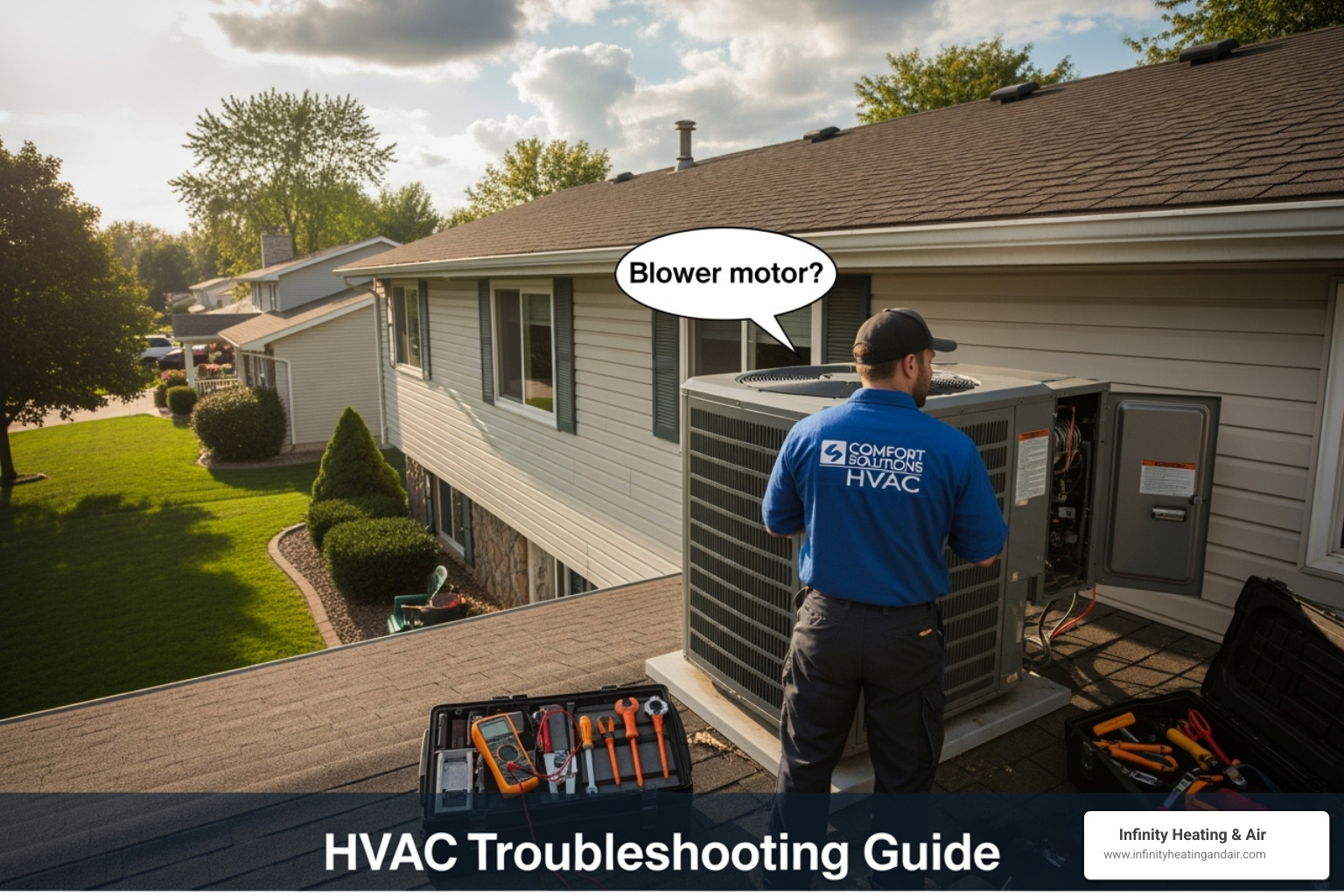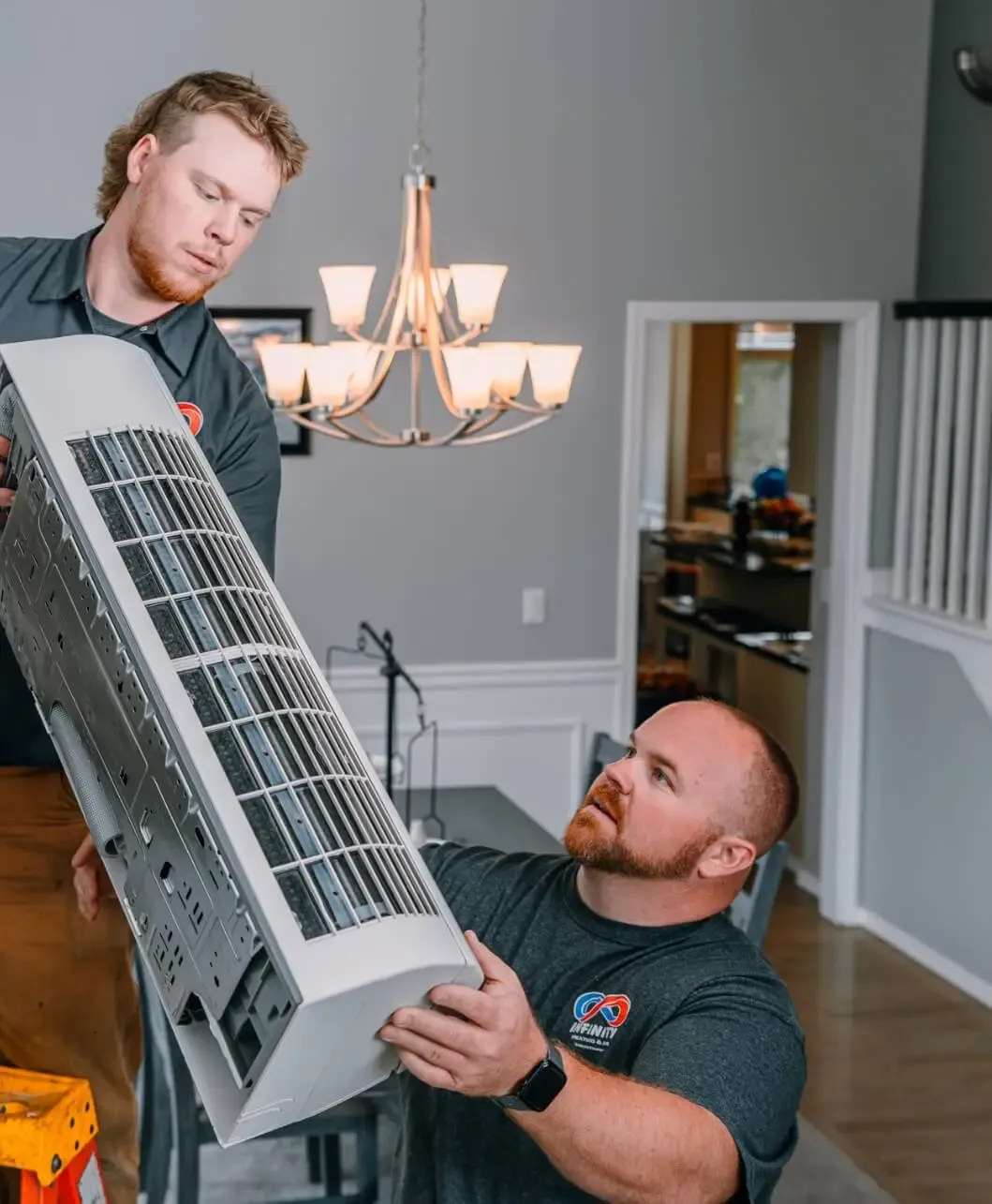
Don’t Sweat It: A Step-by-Step HVAC Troubleshooting Manual
HVAC troubleshooting, heating and cooling issues, HVAC maintenance, diagnosing HVAC problems, home comfort management, professional HVAC help, thermostat settings
.webp)

Navigating Home Comfort: Your HVAC Troubleshooting Primer
When your home feels too hot, too cold, or stuffy, this HVAC troubleshooting guide can help you pinpoint the problem. For homeowners in Northwest Washington, where the climate tests heating and cooling systems, many issues are simple DIY fixes.
Before calling for help, check these basics:
- Thermostat: Is it on the correct mode (heat/cool) and temperature? Are the batteries dead?
- Air Filter: Is it clogged and restricting airflow?
- Circuit Breaker: Has the system’s breaker tripped?
- Outdoor Unit: Is it clear of leaves and debris?
Understanding these common issues can save you time and help you know when to call a professional. This guide will walk you through typical HVAC problems to restore comfort to your home.

First-Response Checks: What to Do When Your System Fails
When your heating or cooling fails, don’t panic. Many common issues, like a system not turning on or blowing the wrong temperature air, can be resolved with these first-response checks.
Basic HVAC Troubleshooting Guide: Power and Thermostat Checks
Your HVAC system relies on power and commands from the thermostat. If it’s unresponsive, check these first.
Thermostat Checks:
- Settings: Ensure it’s on the correct mode (heat/cool) and the fan is on ‘auto’. For cooling, set it at least three degrees below the room temperature; for heating, set it above.
- Batteries: A blank screen often means dead batteries—an easy fix.
- Reset: A simple reset can resolve glitches. Turn it off, wait a few minutes, then turn it back on.
Power Checks:
- Circuit Breaker: Find the breaker for your HVAC system in your electrical panel. If it’s tripped (in the middle or “off” position), flip it fully off, then back on.
- Power Switch: Many furnaces have a power switch on or near the unit that looks like a light switch. Make sure it’s on.
- Fuses: Older units may have fuses on the circuit board. A blown fuse will have a broken filament and needs to be replaced with one of the correct amperage.
Properly maintaining your home’s systems is key. Just as you’d schedule More info about Septic Maintenance, checking your HVAC’s power and thermostat can prevent major issues.
The Importance of a Clean Air Filter
A clean air filter is critical for your HVAC system’s health and is often the cause of many problems. It traps dust and debris, but when it clogs, it severely restricts airflow.
Restricted airflow leads to:
- Reduced Efficiency and Higher Bills: The system works harder to pull air through.
- System Overheating: Components can overheat and shut down, potentially causing permanent damage.
- Poor Air Quality: A full filter can’t trap pollutants, allowing them to circulate in your home.
- Frozen AC Coils: Restricted airflow can cause the evaporator coil to freeze, leading to cooling problems and water leaks.
Check your air filter monthly and replace it every 1-3 months (more often if you have pets or allergies). Using a filter with the correct MERV rating is also important. You can find more details on how Clean air filters can improve performance.
Your Complete HVAC Troubleshooting Guide by Symptom
Once you’ve done the initial checks, you can diagnose problems by looking at specific symptoms. This HVAC troubleshooting guide helps you decode what your system is trying to tell you.

Poor Airflow or Uneven Temperatures
If you have hot and cold spots or weak airflow from vents, the cause is often simple. Check for blocked vents and registers obstructed by furniture or dust. The issue could also be leaky or damaged ductwork losing conditioned air in your attic or crawlspace. Also, check for closed dampers in your ductwork that might be restricting airflow to certain zones. Finally, poor insulation can create drafts that make your system seem ineffective. Maintaining good airflow is as important as other home systems, like ensuring proper drainage with a More info about Septic Inspection.
Strange Noises and Unpleasant Odors
An HVAC system should be quiet. Unusual sounds or smells are a call for help.
Common Noises:
- Rattling/Banging: Usually indicates loose parts, like a fan blade or panel.
- Squealing/Screeching: Often points to a worn fan belt or motor bearings that need lubrication.
- Grinding: A serious sound indicating motor or bearing failure. Turn the system off immediately to prevent more damage.
- Hissing: May signal a refrigerant leak.
Common Odors:
- Musty/Dirty Socks: Suggests mold or mildew growth in the ductwork or drain pan.
- Burning: A brief smell when you first turn on the heat is normal (dust burning off). A persistent smell indicates an electrical problem.
- Rotten Eggs (Gas Furnace): This indicates a natural gas leak. Evacuate your home, turn off the gas supply, and call your gas company from a safe location.
Water Leaks and Ice Buildup
Water or ice where they don’t belong are clear signs of trouble.

Water leaks near the indoor unit are often caused by a clogged condensate drain line. When the line is blocked by algae or debris, water backs up and overflows. A frozen evaporator coil can also cause a leak when the ice melts.
Ice buildup on the indoor or outdoor unit usually points to restricted airflow (from a dirty filter or blocked vents) or low refrigerant levels. While some ice on a heat pump’s outdoor unit is normal during its defrost cycle in winter, excessive icing is a problem. Proper drainage is vital for your HVAC system, much like it is for other systems that require services like More info about Grease Trap Services.
System Runs Constantly or Not Enough
When your system’s rhythm is off, it’s a sign of an underlying issue.
If your system runs constantly, it could be due to a poorly placed thermostat (e.g., in direct sunlight), dirty coils and filters, low refrigerant, or an undersized system that can’t keep up.
If your system is short-cycling (turning on and off too frequently), it’s often a sign of an oversized system that cools the air too quickly without removing humidity. This can also be caused by restricted airflow or a refrigerant leak. These issues put excessive wear on your equipment and require professional diagnosis.
Advanced DIY Diagnostics for Common Systems
If the basic checks didn’t solve the problem, you can perform some advanced diagnostics. This requires more hands-on work and a focus on safety.

Advanced HVAC Troubleshooting Guide: Tools and Techniques
Some diagnostic steps can be taken with basic tools, but always call a professional for complex repairs.
Helpful Tools:
- Multimeter: To check for electrical power at key points.
- Screwdriver Set & Pliers: For opening panels and tightening connections.
- Safety Glasses & Gloves: To protect yourself from debris and sharp edges.
IMPORTANT: Always turn off power at the circuit breaker before opening any HVAC panels or touching internal components.
With the power off, you can perform a visual inspection. Look for loose wires, burnt components, or physical obstructions. Understanding the system’s normal sequence of operations can also help. For example, a furnace has a specific startup sequence; if a step fails, you’ve narrowed down the problem.
Specifics for Gas Furnace Troubleshooting
If your gas furnace won’t ignite or stay running, check these specific components.
First, ensure the gas supply valve to the furnace is open. If you smell gas (a “rotten egg” odor), immediately turn off the gas supply, evacuate your home, and call your gas company and a professional from a safe distance.
Next, check the ignition system:
- Pilot Light (Older Furnaces): If it’s out, follow the manufacturer’s instructions carefully to relight it.
- Electronic Ignition (Newer Furnaces): If the furnace clicks but doesn’t light, the ignitor may be faulty.
- Dirty Flame Sensor: This small metal rod near the burners must be clean to detect a flame. If it’s dirty, the furnace will shut off as a safety precaution. You can often clean it gently with fine-grit sandpaper after turning off the power.
High-efficiency furnaces also have a condensate drain line that can get clogged, which will shut the system down.
Heat Pump Troubleshooting 101
Heat pumps provide both heating and cooling, so they have some unique troubleshooting steps.
If your heat pump isn’t heating or cooling properly, the cause is often a dirty filter, dirty coils, or low refrigerant. Also, double-check your thermostat settings.
If the unit is stuck in one mode (e.g., blowing cold air in heat mode), the reversing valve that switches between heating and cooling may be faulty. This requires a professional.
Regarding the defrost cycle, it’s normal for some ice to form on the outdoor unit in cold weather, which the system will melt during a defrost cycle. However, if the unit is encased in thick ice, it could be a problem with the defrost sensor, control board, or outdoor fan. For more details, you can consult resources like this The Ultimate Guide to Heat Pump Troubleshooting for Homeowners | DIY Home Comfort, but refrigerant and internal component issues require a certified technician.
Know Your Limits: When to Call a Professional
While this HVAC troubleshooting guide empowers you to handle basic issues, it’s equally important to know when to call a professional. Attempting complex repairs can void warranties, cause more damage, and create serious safety hazards involving electricity, natural gas, and pressurized refrigerants.
Why Regular Maintenance is Key
An estimated 60% of HVAC service calls could have been prevented with regular maintenance. Like a car, your HVAC system needs routine tune-ups to run efficiently and reliably. Professional maintenance catches small issues before they become emergencies, improves energy efficiency (lowering your bills), extends the system’s lifespan, and improves your home’s air quality. Scheduling regular tune-ups, much like you would for More info about Septic Service, is a smart investment in your home’s comfort and your peace of mind.
Signs You Need an Expert Immediately
Some symptoms are clear signals to stop troubleshooting and call a professional right away.
- Suspected Refrigerant Leak: Hissing sounds or ice on the coils are major signs. Handling refrigerants requires certification and is not a DIY job.
- Major Electrical Problems: If you see burnt wires, smell burning plastic, or the breaker repeatedly trips, it’s a serious fire hazard.
- Loud Grinding Noises: This usually indicates a catastrophic mechanical failure. Turn the system off immediately to prevent further damage.
- Smell of Natural Gas: If you have a gas furnace and smell rotten eggs, evacuate immediately, turn off the gas, and call for help from a safe location.
- System Won’t Stay On: If you’ve tried all the basic checks and the system still fails, an internal component has likely failed.
- Smoke or Burning Odors: Shut the system off at the breaker and call for emergency service, as this indicates a serious hazard.
When in doubt, call us. Your safety is more important than any DIY repair.
Frequently Asked Questions about HVAC Troubleshooting
Here are answers to some of the most common questions we receive about HVAC troubleshooting.
Why is my air conditioner blowing warm air?
This is a frustrating but common issue. Check these potential causes:
- Thermostat Settings: Ensure it’s set to “cool” and the temperature is below the current room temperature.
- Dirty Air Filter: A clogged filter can restrict airflow and cause the indoor coil to freeze, preventing it from cooling the air.
- Low Refrigerant: A leak can cause the system to lose its cooling ability. This requires a professional to diagnose and repair.
- Outdoor Unit Issues: The circuit breaker for the outdoor unit may have tripped, or the compressor or fan motor could have failed.
What causes an HVAC system to make a loud banging noise?
A loud bang usually points to a mechanical problem. It could be a loose part, like a fan blade hitting the casing, or a more serious issue with the compressor. Sometimes, the noise comes from metal ductwork expanding and contracting. If you hear a loud, persistent banging, turn the system off to prevent further damage and call a professional.
How can I tell if my HVAC issue is a simple fix or a major problem?
This HVAC troubleshooting guide helps you differentiate, but here’s a quick summary.
Likely a simple fix:
- Incorrect thermostat settings or dead batteries.
- A tripped circuit breaker or an off power switch.
- A dirty air filter or blocked vents.
Likely a major problem (call a pro):
- The system won’t run after you’ve checked the basics.
- Loud grinding, screeching, or persistent banging noises.
- Smells of gas, burning plastic, or chemicals.
- Water leaks accompanied by ice on the coils.
- Any issue involving electrical components or refrigerant.
If you’re ever unsure or feel unsafe, it’s always best to call a qualified HVAC professional like the team at Infinity Heating & Air.
Final HVAC Troubleshooting Tips: DIY Basics & When to Call a Pro
We hope this HVAC troubleshooting guide has empowered you to tackle common issues with your home comfort system. The most important takeaways are to always start with the basics—check the thermostat, breaker, and air filter—and to know your limits. While a dirty filter is a simple DIY fix, any problem involving gas, complex electrical work, or refrigerant is a job for a certified professional. Your safety always comes first.
At Infinity Heating & Air, we are dedicated to ensuring your endless comfort and health in your Northwest Washington home. We believe in empowering our customers with information to make confident decisions about their home’s most important system.
If you’ve completed your checks and still have issues, or if you’re ready for professional maintenance, don’t hesitate to reach out. We’re here to help you achieve the perfect indoor climate.
For professional HVAC service and repairs, contact us today!

Endless Comfort
Starts Here
Our expert technicians are ready to serve you and your home.





